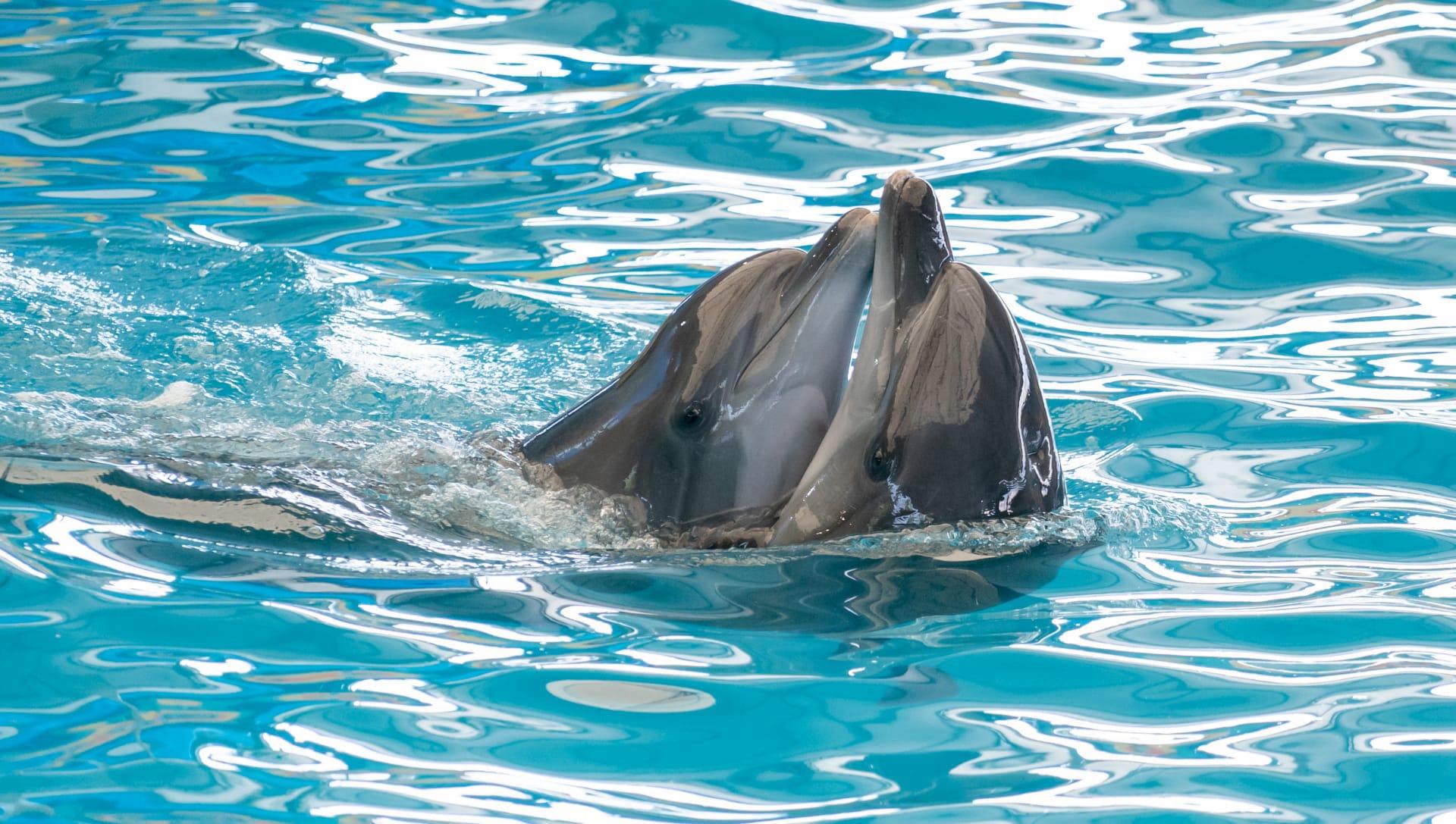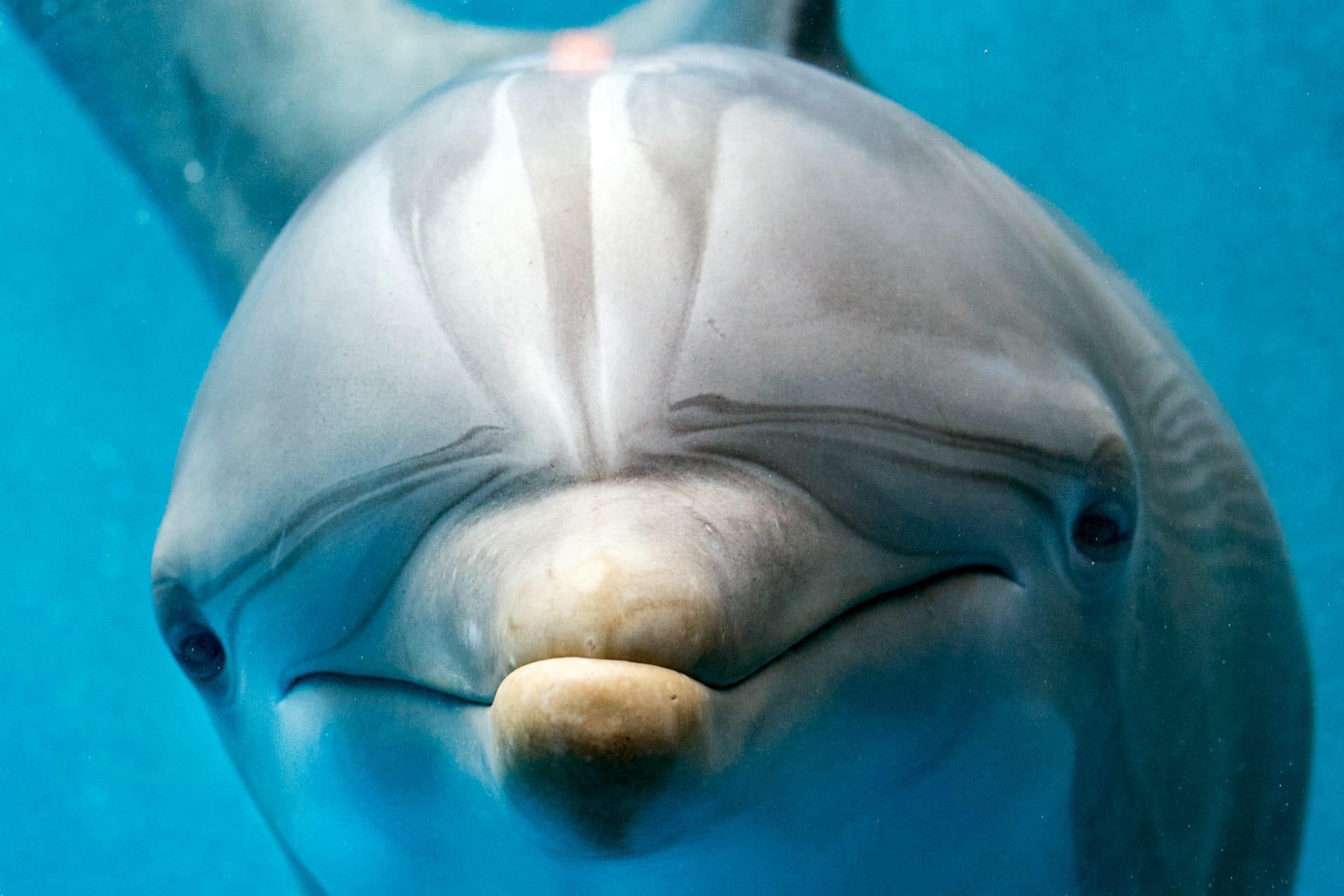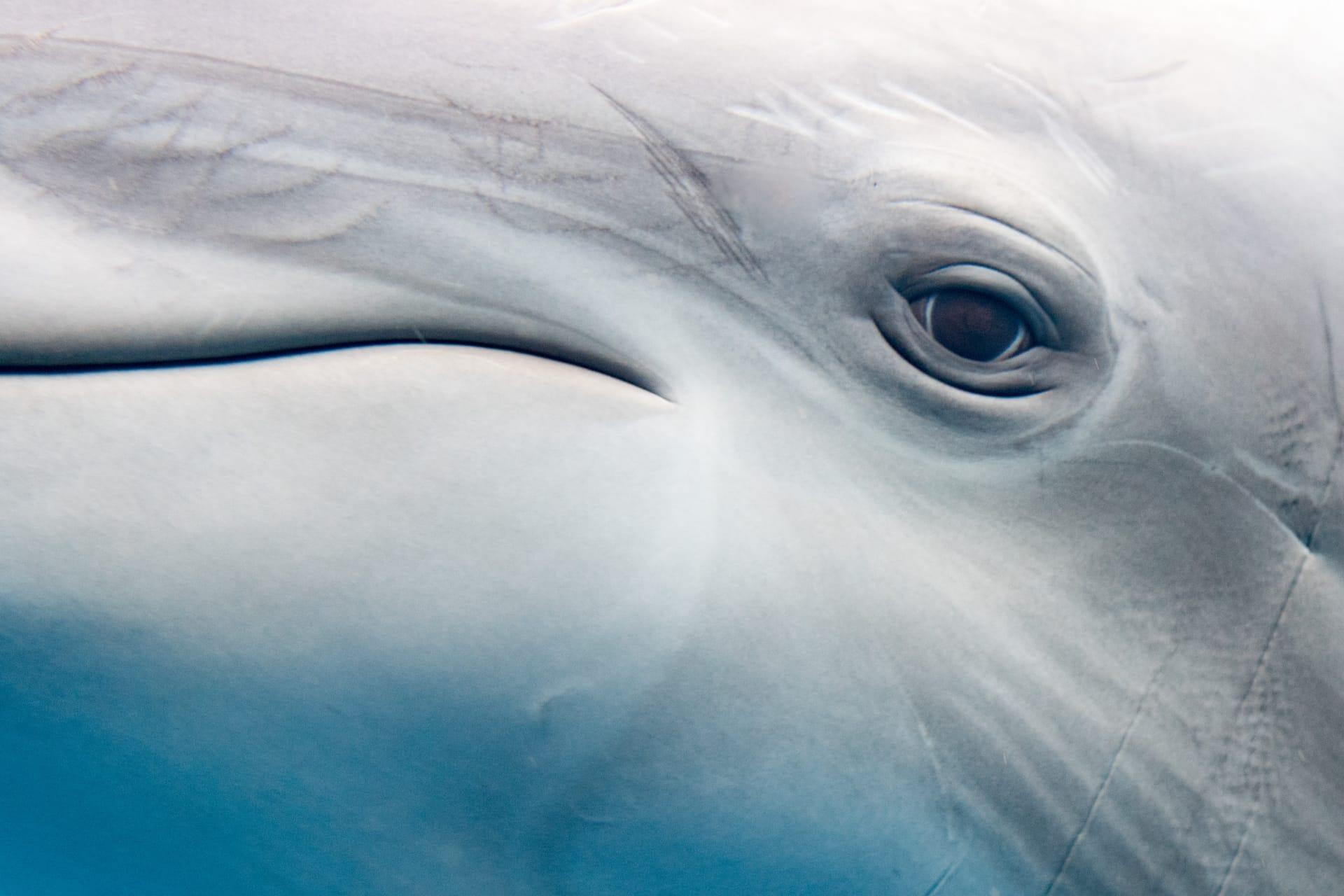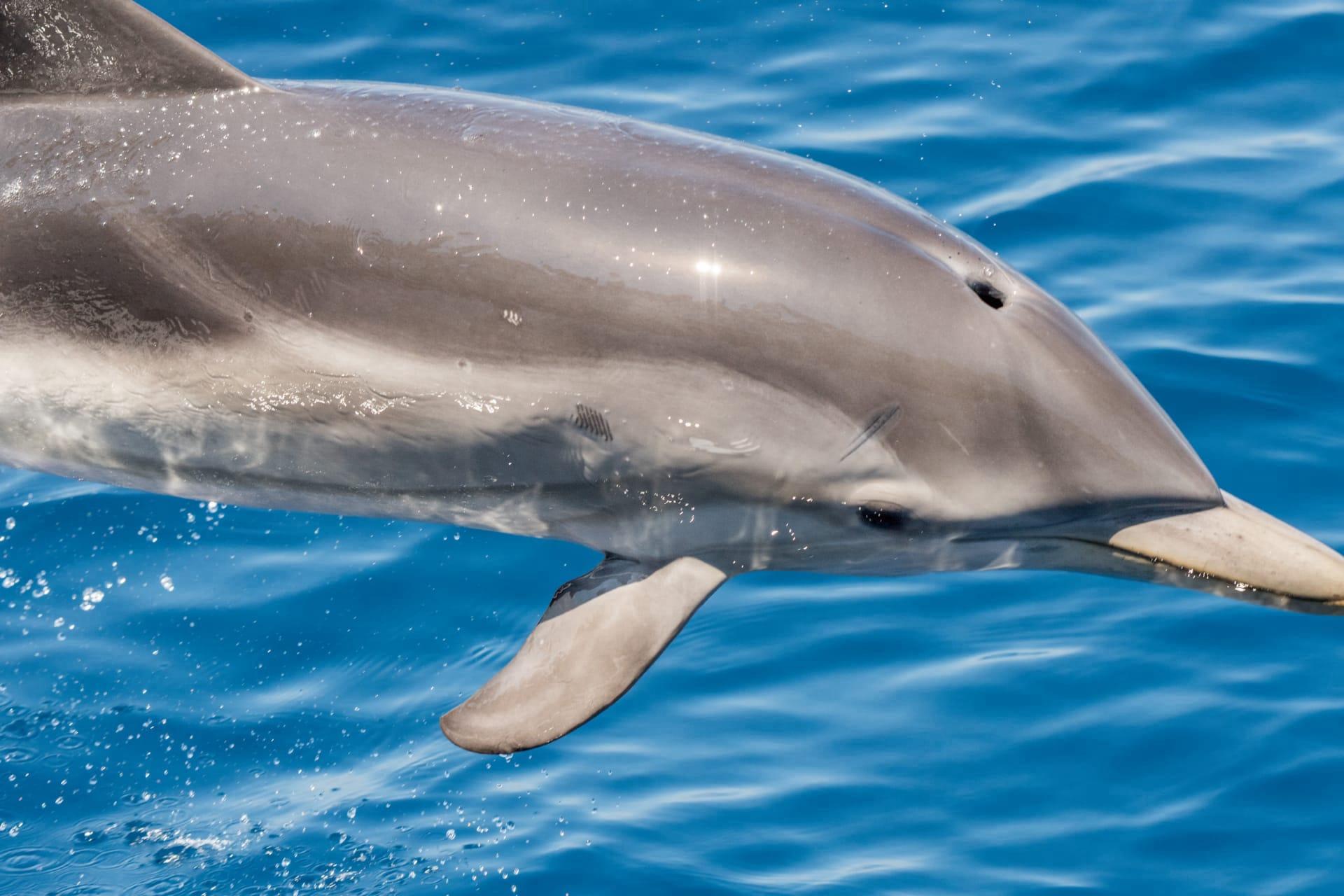Dolphin
- Home /
- Mini Encyclopedia /
- Animal /
- Dolphin
1
Dolphins belong to the family Delphinidae, within the order Cetacea, which also includes whales and porpoises. This family encompasses around 36 species of dolphins, each with unique characteristics. The most recognized species is the Bottlenose Dolphin, known for its curved mouth giving the appearance of a friendly 'smile.' Other species include the Orca or Killer Whale, which is actually the largest member of the dolphin family, and the rare and elusive Maui's Dolphin, one of the smallest, found off New Zealand.
Dolphins are found worldwide, predominantly in shallower seas of the continental shelves. They are largely concentrated in warmer, temperate, and tropical waters. The Bottlenose Dolphin, for example, inhabits a diverse range of environments, from the Pacific to the Atlantic and even the Mediterranean and Black Seas. The Irrawaddy Dolphin prefers coastal areas and rivers in South and Southeast Asia. Another interesting species, the Ganges River Dolphin, inhabits the Ganges-Brahmaputra-Meghna and Karnaphuli-Sangu river systems in India and Bangladesh.

2
Question: Do dolphins drink sea water to stay hydrated?
Answer: Contrary to popular belief, dolphins do not drink sea water to quench their thirst. Instead, they obtain fresh water from their food. Dolphins primarily feed on fish and squid, which contain significant amounts of water. Additionally, metabolic processes in their bodies also produce water. Drinking salty sea water would actually be harmful to them, as it would require the dolphins to expend a great amount of energy to excrete the excess salt through their kidneys.

3
Dolphins employ a variety of survival strategies that showcase their intelligence and adaptability. One key strategy is their complex social structure. Dolphins live in groups, known as pods, which can range from a few individuals to over a thousand. These social bonds aid in hunting, protection from predators, and caring for the young. Another strategy is their use of echolocation. Dolphins emit clicks and listen for the echo to locate and identify objects, such as prey and obstacles, which is crucial for navigation and hunting in murky waters.
Moreover, dolphins have a remarkable ability to learn and adapt. They have been observed using tools, like sponges, to protect their snouts while foraging. Additionally, dolphins demonstrate distinct cultural behaviors, such as specific hunting techniques passed down through generations. Their highly developed communication skills, including a range of vocalizations and body language, play a vital role in coordinating group activities and maintaining complex social relationships.

4
In the ecosystem, dolphins play a significant role as both predator and prey. As predators, they help maintain the balance of marine life by controlling the population of fish and other sea creatures. For instance, their predation on certain fish species can prevent overgrazing on vital sea grass beds. Dolphins, being at the top of their food chain, also indicate the health of the marine ecosystem. A decline in dolphin populations can signal problems in the marine environment, such as pollution or overfishing.
Dolphins also contribute to the nutrient cycle in the oceans. Their feeding habits can result in the redistribution of nutrients across different water layers. When dolphins dive deep to feed and return to the surface, they bring up nutrients from the bottom, which supports the growth of plankton and other small organisms at the surface, thereby supporting the entire marine food web.

5
Film: "The Cove" (United States, 2009). This Oscar-winning documentary focuses on the controversial practice of dolphin hunting in Taiji, Japan. It exposes the hidden capture and slaughter of dolphins and the health risks associated with consuming dolphin meat, heavily laced with mercury. The film combines investigative journalism, eco-adventure, and arresting imagery to convey a powerful conservation message.
Book: "Voices in the Ocean: A Journey into the Wild and Haunting World of Dolphins" by Susan Casey (United States, 2015). This book explores the complex relationship between humans and dolphins. Casey travels the world, uncovering stories about dolphin intelligence, their role in human mythology, and the perils they face due to human activities.
Book: "The Dolphin in the Mirror: Exploring Dolphin Minds and Saving Dolphin Lives" by Diana Reiss (United States, 2011). Reiss, a renowned dolphin researcher, provides an insightful look into dolphin intelligence, behavior, and communication. She advocates for the ethical treatment of dolphins in captivity and highlights the need for conservation efforts to protect wild dolphin populations.